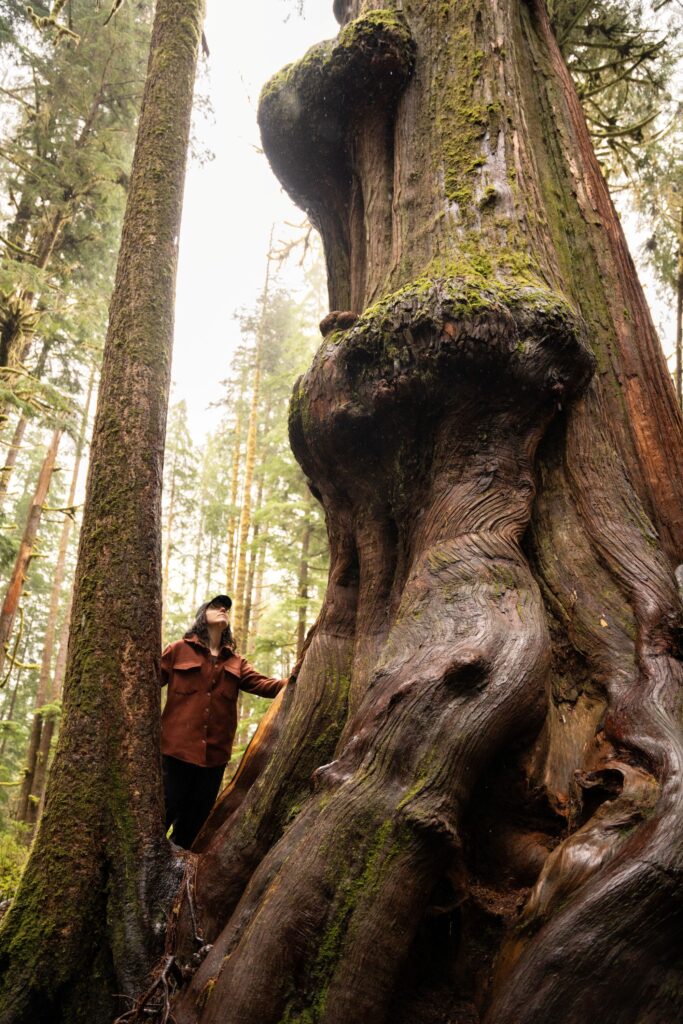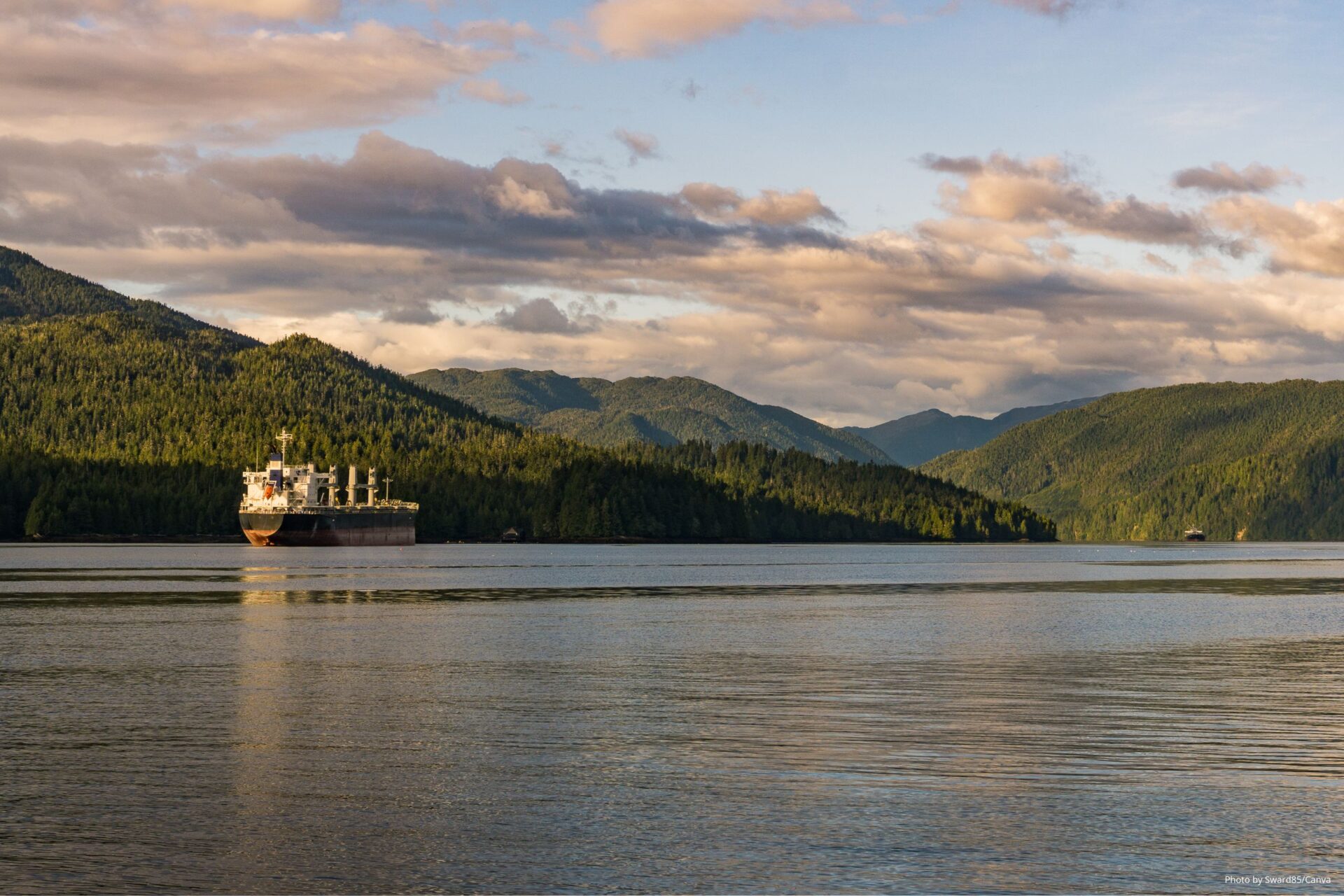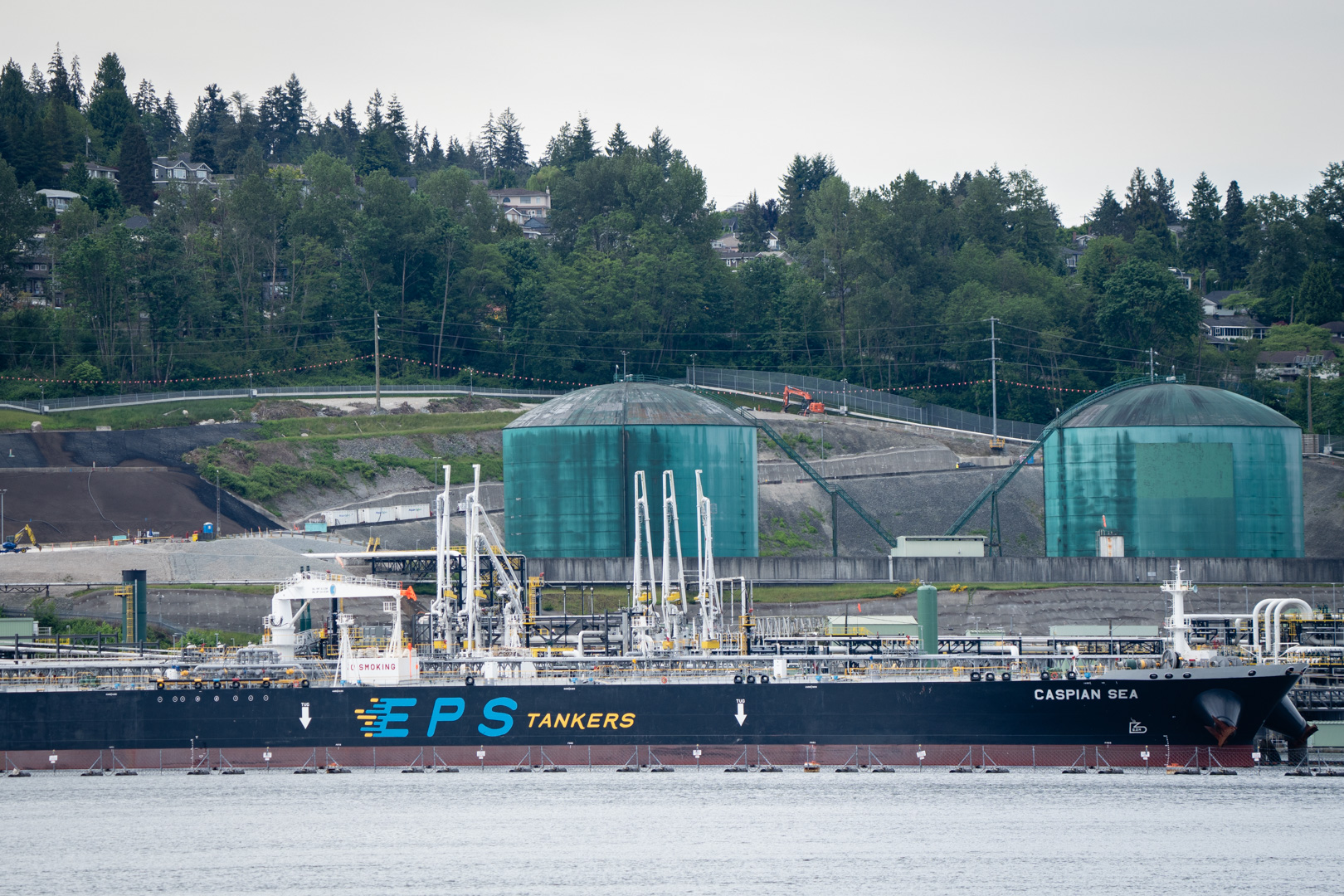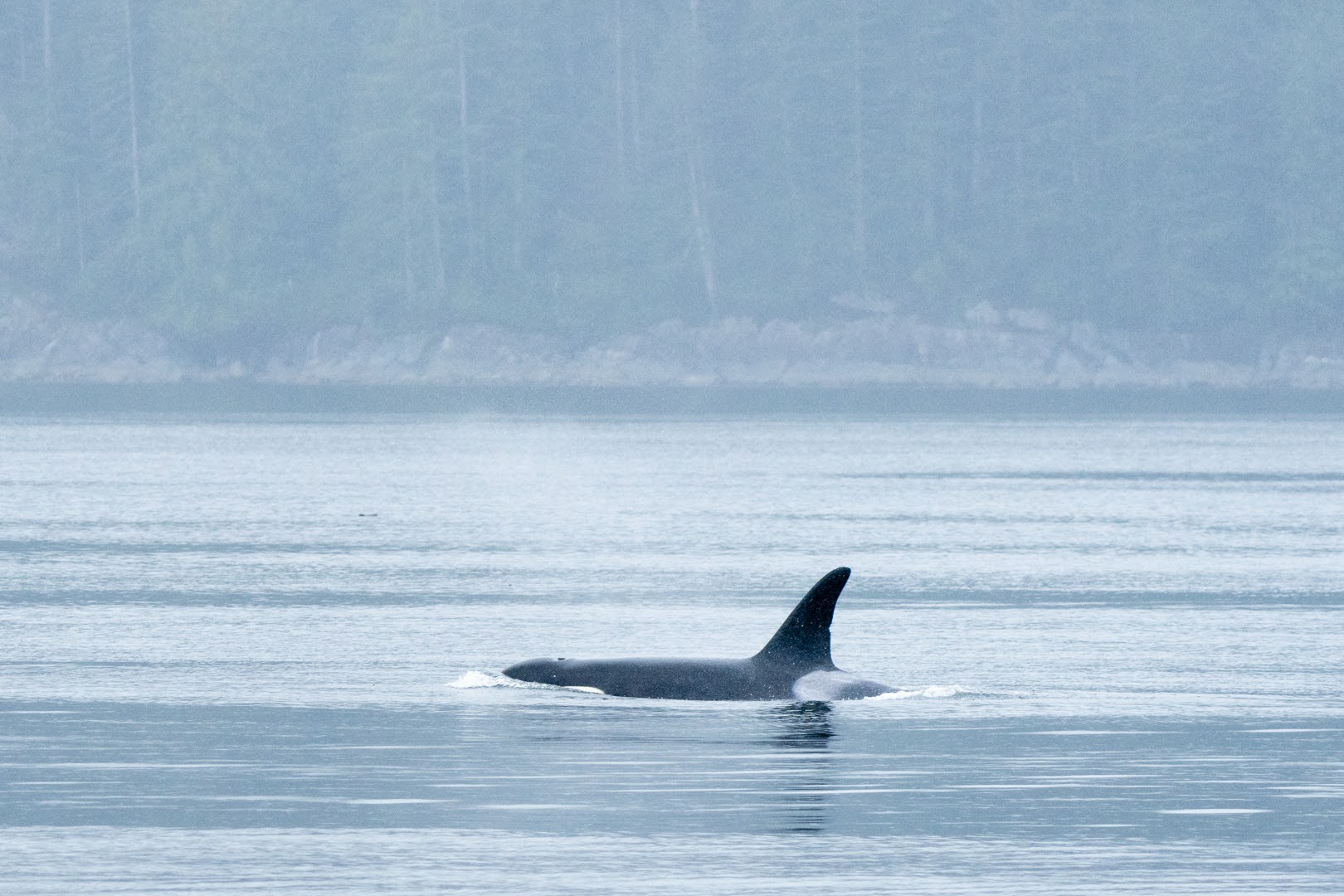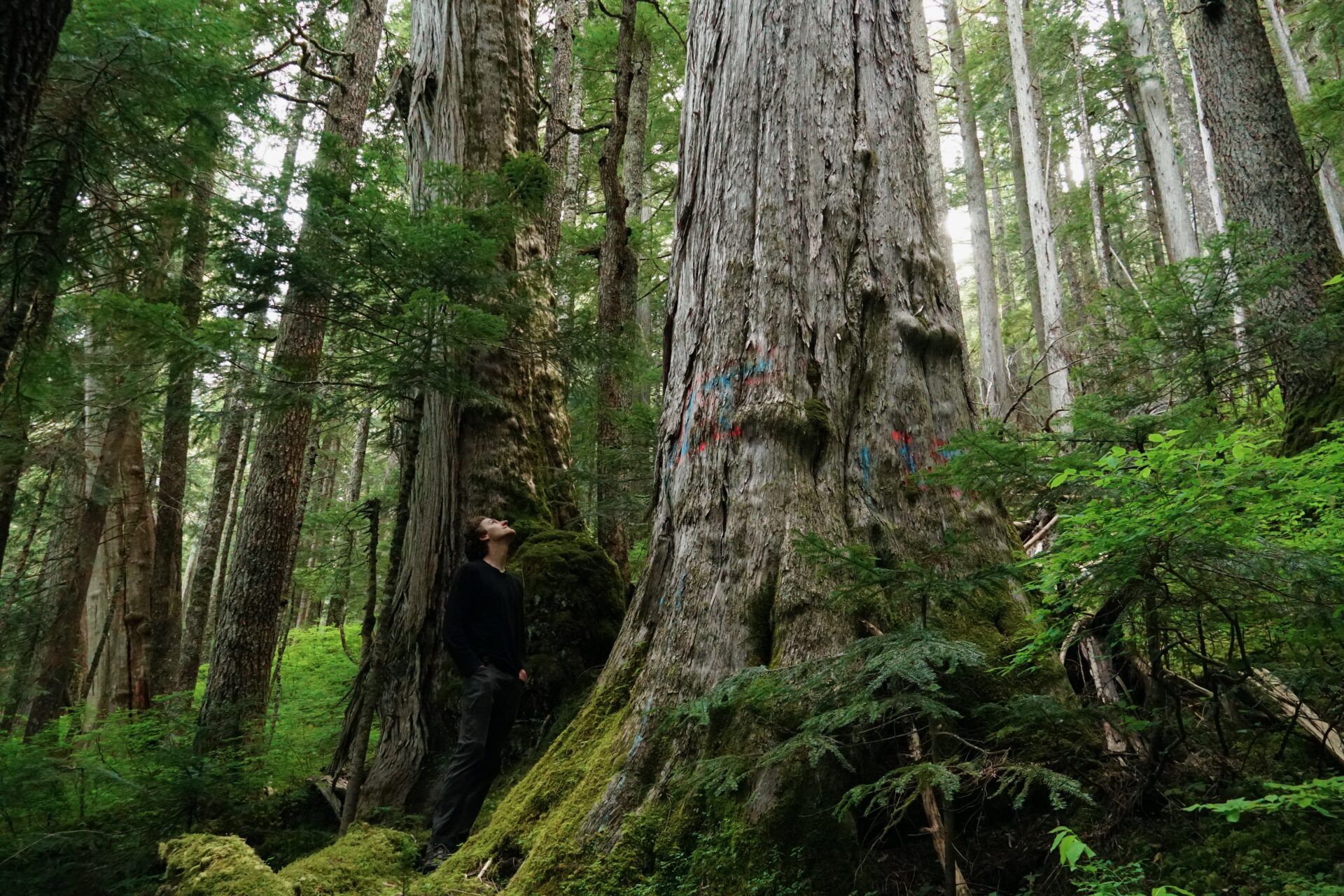Forest Trends Update: Forests in B.C. are entering uncharted territory
Stories
Forest Trends Update: Forests in B.C. are entering uncharted territory
September 20, 2024
The combined impact of clearcut logging and climate change means the next BC government must take stronger and faster action on forests.
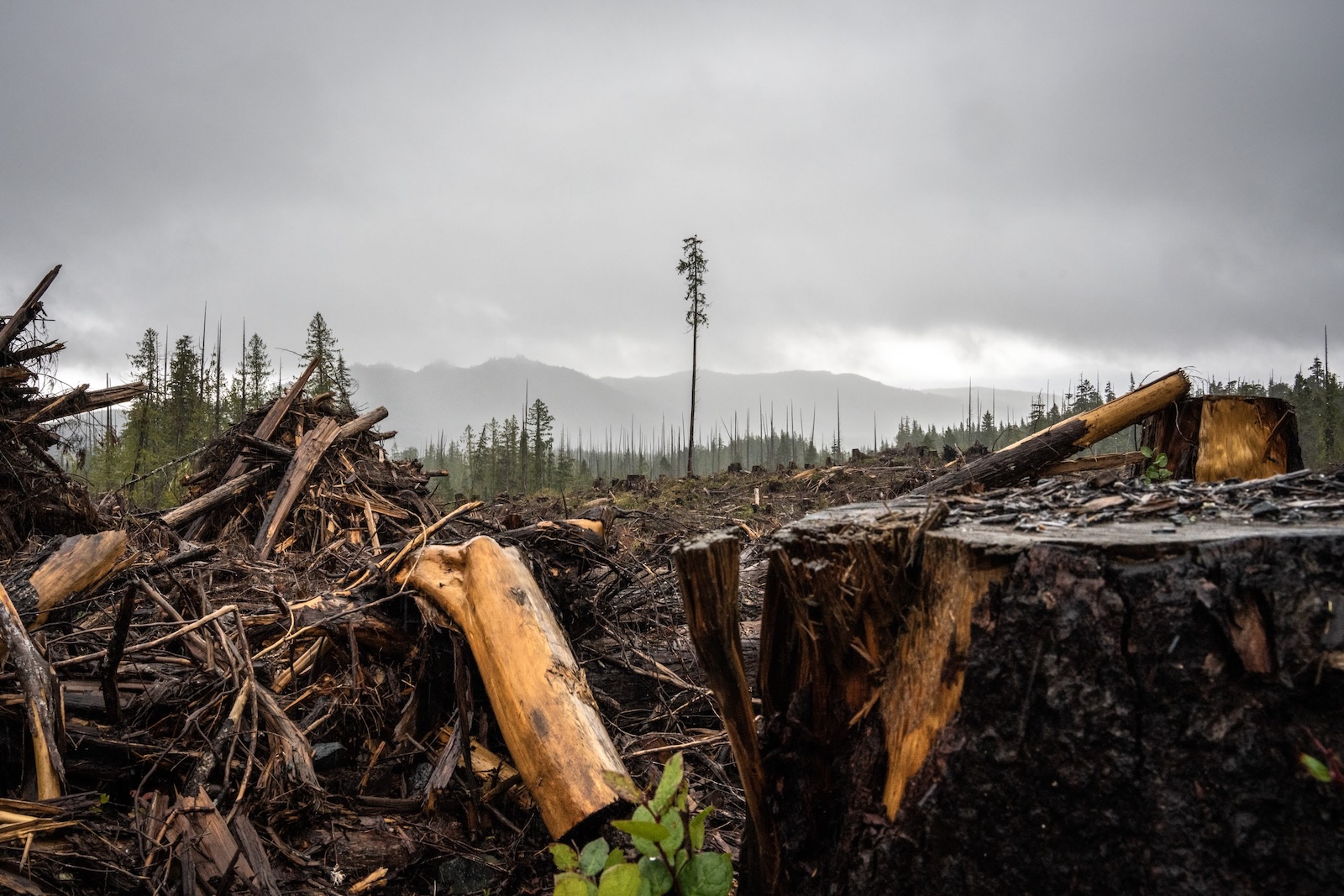
An old-growth clearcut on Vancouver Island (Photo by Mya Van Woudenberg/Sierra Club BC).
The state of forests in B.C.
Four years after the B.C. government’s announcement of the Old-Growth Strategic Review (OGSR) key forest trends show that old-growth and forest health overall are declining faster than progress to protect at-risk forests and reform forestry practices.
Despite some progress, forests in B.C. have now entered uncharted territory due to the double impact of relentless clearcutting combined with record-breaking wildfire seasons and disasters fueled by climate change.
Whoever forms the next government in the fall of 2024 needs to take stronger action because communities, biodiversity and a stable climate depend on intact forests.
When the provincial Technical Advisory Panel (TAP) shared results in 2021, they found 20 percent of forests in B.C. were old-growth (11.1 of 56.2 million hectares). Conservation science indicates that there is a high risk of biodiversity loss when less than 30 percent of an ecosystem remains.
But the rate of logging, both for old growth as well as overall forests, has remained at unsustainable levels in recent years despite the limited area of intact forests left and a rapid increase of forest area burned (seven times the average in 2023). Despite these cumulative impacts, there is no comprehensive annual government overview on the state of the forests in B.C. While this is no substitute, Sierra Club BC is offering a high-level overview of key forest trends over the last four years.
Old-growth logging
Based on the most recent two years with relatively complete provincial data, 2020 and 2021, the annual rate of old-growth clearcutting was 42,000 hectares (equivalent to 105 Stanley Parks). Assuming similar rates in 2022 and 2023 would mean about 168,000 hectares of old growth has been logged in the last 4 years (420 Stanley Parks). It’s important to note, that whenever possible, companies are targeting some of the last, most endangered stands with big old trees and high carbon storage per hectare.
Clearcutting overall
According to the province, on average, around 200,000 hectares of forested lands (equivalent to 500 Stanley Parks) are harvested every year in B.C. (2017-2021). Assuming similar rates in 2022 and 2023 means about 800,000 hectares of forests has been clearcut in the last four years (2,000 Stanley Parks). These clearcuts are huge sources of carbon emissions and make climate change impacts like droughts, wildfires and floods much worse.
Forest burned
Close to 4 million hectares of forests were impacted by wildfires during the period of 2020 to 2023 (close to 3 million hectares in 2023 alone, another million hectares in 2024). Old-growth forests were proportionately less impacted than non-old-growth. Burn severity in old growth can be very different, fire is a natural part of some ecosystems so ecological integrity can recover quickly in many stands after a fire if left alone. But our review found that 333,000 hectares of the area burned in 2023 were old-growth forests (3% of the remaining old growth), arguably a significant additional impact on forests that are already at risk.
Forest protected
First Nations and the B.C. government have recently protected significant forest landscapes in new Clayoquot Sound conservancies, the Incomappleux Valley and in the territory of the Kwiakah First Nation, including old-growth and second-growth forests. Despite this progress, less than 4 million hectares of the remaining 11 million hectares of old-growth forests are legally protected from logging.
Forest deferred from logging
More than 2 million hectares of old growth are currently temporarily deferred from logging. But more than half of the 2.6 million hectares of the most at-risk old growth recommended for deferrals remains open to logging. Additionally, deferrals are non-binding and could fall through the cracks under a new provincial government.
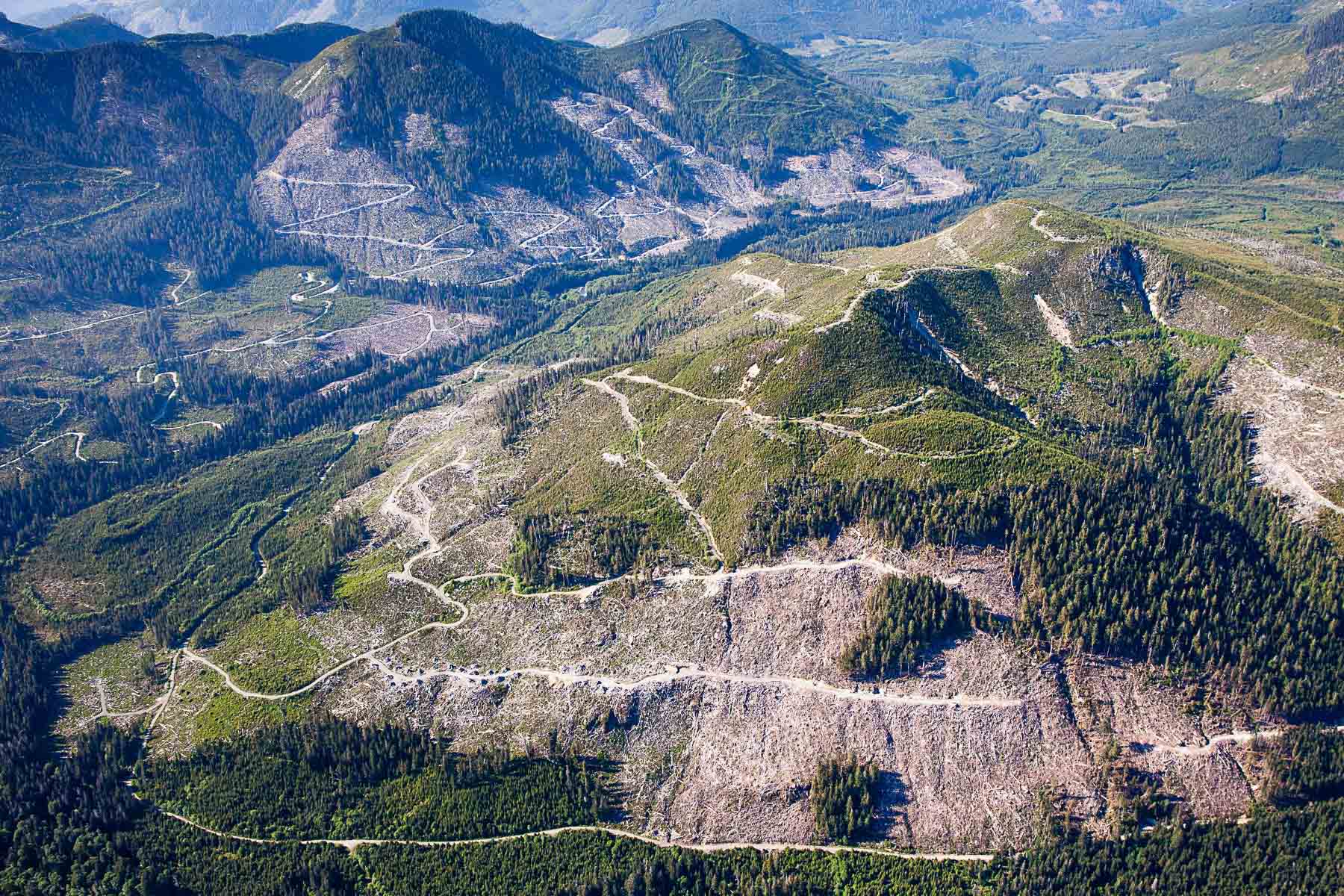
Aerial view of clearcuts on Vancouver Island (Photo by TJ Watt/Ancient Forest Alliance).
What’s needed to turn things around
Forestry and forestry jobs remain an important part of B.C.’s economy. But as a province, we have to do better avoid escalating impacts for the web of life, a liveable climate and a diverse economy, including the forest industry. We are already paying the price for our failure to change course in forest stewardship earlier. It will be costly to change course now – but we must reduce logging rates and create new jobs through reformed forestry practices and the stewardship that is so badly needed to regenerate and restore some level of ecological integrity in forests. Healthier forests will also help reduce climate impacts, like fires and floods, sequester carbon and allow for some level of wood production.
The next B.C. government can accelerate progress by linking old growth protection to the Nature Agreement and outlining how much old growth will contribute to the goal of protecting 30 percent of the land in B.C. by 2030, including interim targets.
Addressing the growing pressure on B.C.’s forests will require stronger support for First Nations to enable deferrals for all the most at-risk old growth, finalization of the Biodiversity and Ecosystem Health framework, and legislation with old-growth targets. We need an updated, ambitious schedule for implementing all the Old Growth Strategic Review recommendations in a new Old Growth Action Plan. And we need the province to get serious about making biodiversity a priority in Forest Landscape Plans and land use planning because recent examples fall short on delivering on this commitment.
Explore more stories
You can help protect healthy ecosystems
Donate today. Together, we can build a brighter future.
